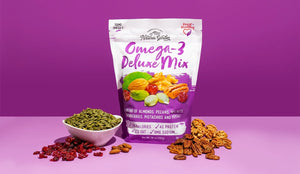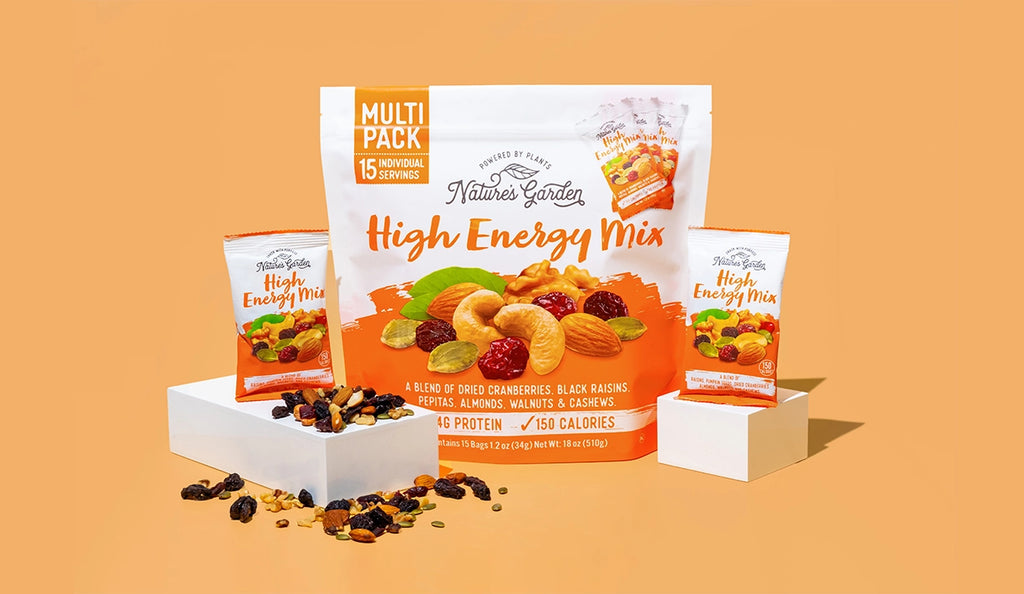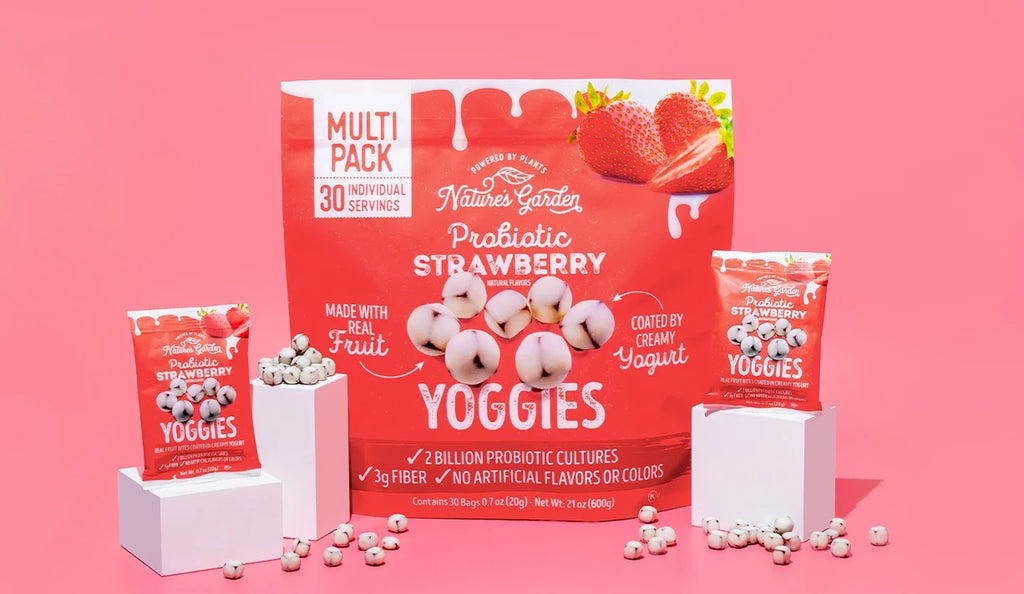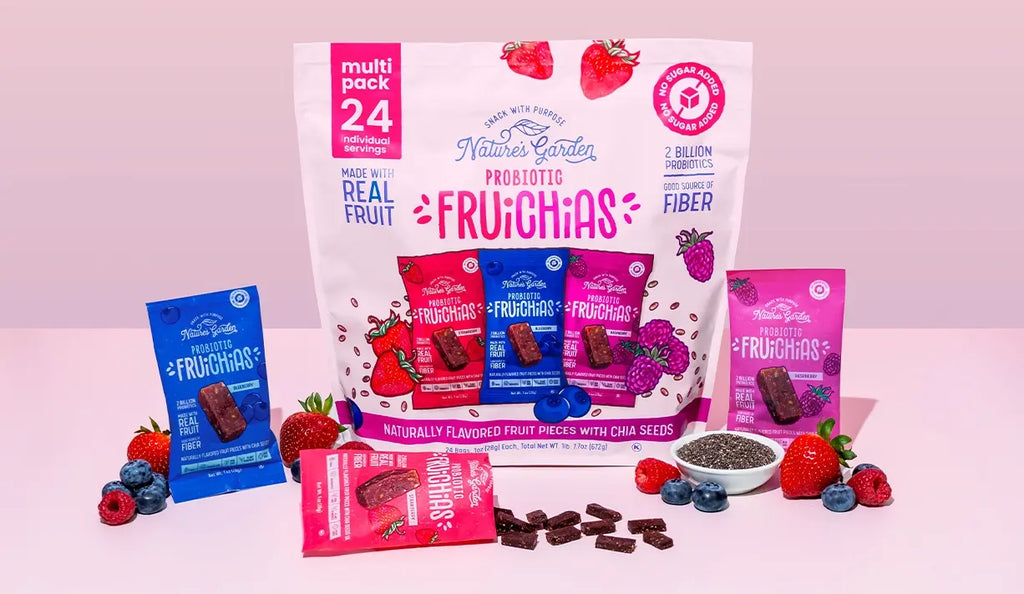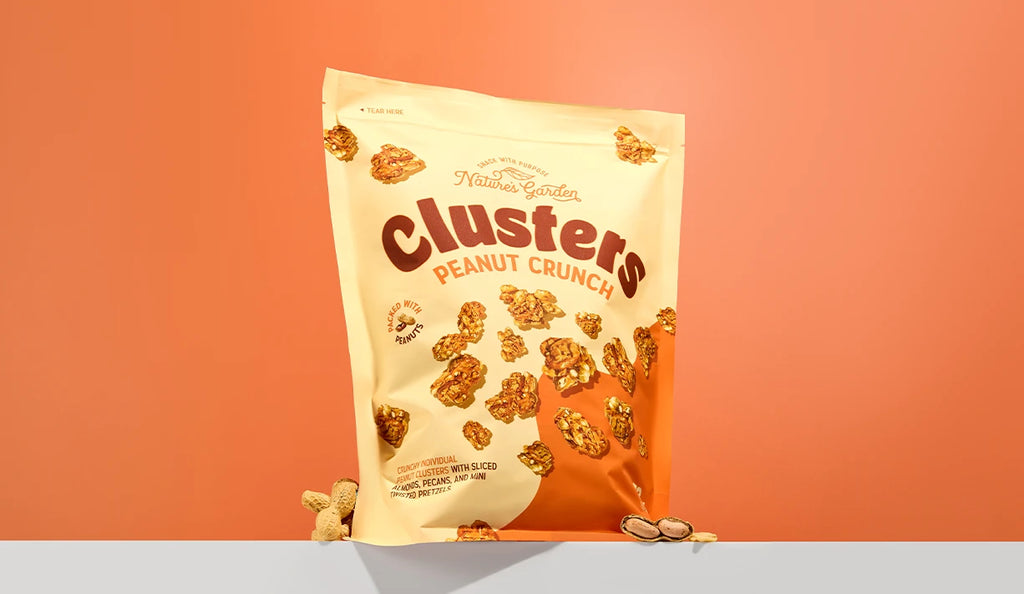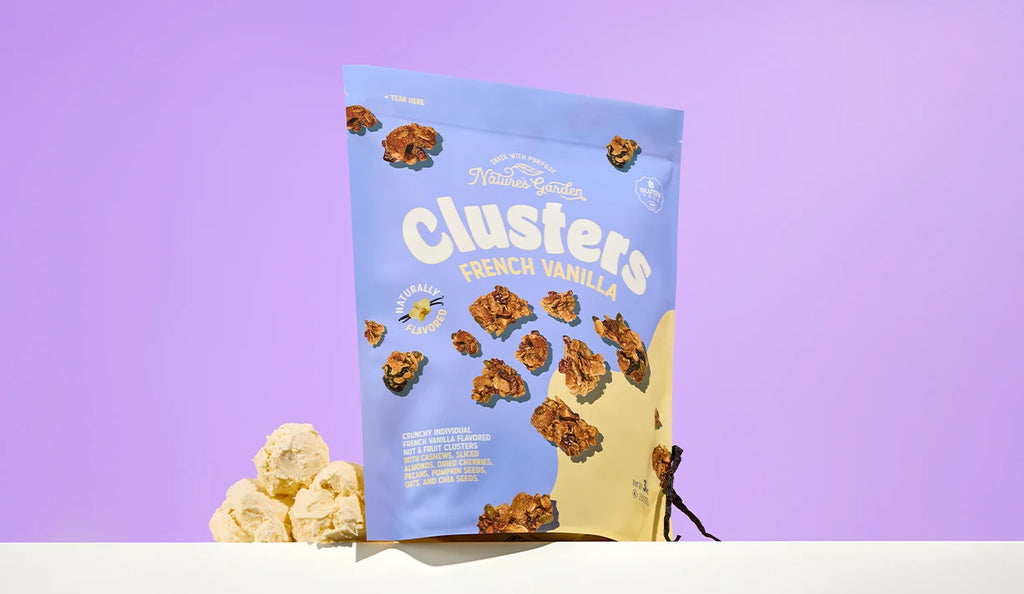When it comes to nutrition for children, the role of healthy fats often gets overlooked in favor of a low-fat diet. However, healthy fats are a critical part of a child’s development and play a vital role in supporting brain function, growth, and overall health. In this blog post, we’ll delve into the benefits of healthy fats for kids and provide nutritious snack ideas to include in their daily meals. We’ll also touch on how parents can create balanced, tasty snacks using products like Nature’s Garden trail mixes.
Why Are Healthy Fats Important for Kids?
Healthy fats to eat are essential for children's growth and development, but not all fats are created equal. While it’s crucial to limit trans fats and excessive saturated fats, unsaturated fats—such as those found in nuts, seeds, avocados, and certain fish—are necessary for proper cognitive and physical development. According to the National Institutes of Health, omega-3 fatty acids, a type of polyunsaturated fat, play a significant role in brain function, especially during childhood.
Healthy fats serve various functions, such as:
- Supporting brain development: Nearly 60% of the brain is made up of fat, and omega-3 fatty acids like DHA are critical components of neuronal cell membranes, which facilitate communication between brain cells.
- Promoting heart health: Research has shown that the consumption of unsaturated fats from nuts and seeds reduces the risk of cardiovascular disease by improving blood lipid profiles (Harvard School of Public Health).
- Boosting immune function: Healthy fats help in the absorption of fat-soluble vitamins like A, D, E, and K, which are essential for maintaining a robust immune system.
What Are the Best Healthy Fats for Kids?
Many parents wonder, “What is the best healthy fats list for kids?” Below is a quick reference table summarizing the most beneficial sources of fats for children:
| Healthy Fat Source | Type of Fat | Benefits | Recommended Serving |
|---|---|---|---|
| Walnuts | Omega-3 fatty acids | Supports brain development | 1/4 cup |
| Almonds | Monounsaturated fats | Improves cardiovascular health | 1/4 cup |
| Avocados | Monounsaturated fats | Promotes healthy growth and skin health | 1/4 avocado |
| Chia Seeds | Omega-3 and fiber | Enhances digestion and energy levels | 1 tablespoon |
| Pumpkin Seeds | Polyunsaturated fats | Boosts immune function and growth | 1/4 cup |
What Role Do Omega-3 and Omega-6 Fatty Acids Play in a Child’s Diet?
One question often asked by parents is, "Omega 3 is good for what?" Omega-3 and omega-6 fatty acids are two types of essential polyunsaturated fats that must be consumed through diet. While omega-3s like DHA and EPA are known for their anti-inflammatory properties and cognitive benefits, omega-6 fatty acids, when consumed in excess, can have the opposite effect and promote inflammation.
A healthy balance of omega-3 to omega-6 is critical, as research from the National Center for Biotechnology Information (NCBI) suggests that an imbalance (a high ratio of omega-6 to omega-3) is associated with a higher risk of obesity, ADHD, and other inflammatory conditions in children.
Tip for Parents: Include more omega-3-rich foods like walnuts, flaxseeds, and chia seeds in snacks, while limiting processed oils high in omega-6, such as corn and soybean oil.
How to Incorporate Healthy Fats into a Child’s Lunch Box
Making sure your child’s lunch box is packed with the right balance of nutrients is key to keeping them energized and focused throughout the day. Here are some lunch box ideas that ensure your child gets a healthy dose of fats:
Nut Butter and Fruit Dippers
Pair sliced apples or bananas with a small container of almond or peanut butter. The combination provides a source of healthy fat, fiber, and natural sugars, making it a perfect snack to fuel active kids.
Omega-3 Trail Mix
If you’re looking for a snack that’s as tasty as it is nutritious, try Nature’s Garden Omega-3 Deluxe Mix — a thoughtfully crafted blend of top-shelf ingredients designed to kickstart your heart and fuel your day. This power-packed trail mix combines the natural sweetness of cranberries with the satisfying crunch of almonds, walnuts, pistachios, and pecans. Not only does it taste great, but it’s also a smart snack choice that provides your body with heart-healthy omega-3 fatty acids, protein, and antioxidants.
How Much Fat Should Kids Have in Their Diet?
Understanding the recommended fat intake for children is crucial to ensure they are getting just the right amount. According to the American Academy of Pediatrics, 25-35% of a child’s daily calorie intake should come from fat, with a focus on unsaturated fats. Here’s a breakdown of the daily fat requirements by age group:
| Age Group | Total Daily Fat Intake |
|---|---|
| 1-3 Years | 30-40% of total calories |
| 4-18 Years | 25-35% of total calories |
Snack Options that Deliver Healthy Fats and Taste Delicious
Healthy fats don’t have to be boring! Creating tasty and nutritious snacks is as simple as adding a few key ingredients. Here are some ideas:
- Avocado and Turkey Wraps: Use a whole-grain tortilla, spread mashed avocado, and add lean turkey slices. Cut into small rolls for a fun and delicious lunchbox treat.
- Homemade Nut Mix: Combine your favorite unsalted nuts and seeds with dried fruit for a sweet and savory snack that’s perfect for on-the-go munching.
- Greek Yogurt Parfait with Chia Seeds: Add a tablespoon of chia seeds to a cup of Greek yogurt and top with fresh berries and crunchy Omega-3 Deluxe Mix for a creamy, high-fat snack rich in omega-3.
Bringing It All Together: Making Healthy Fats a Part of Your Child’s Routine
Incorporating healthy fats into your child’s diet can be simple and delicious. With options like Nature’s Garden Omega-3 Deluxe Mix, parents can provide essential nutrients for brain and heart health in a snack kids will love. Whether added to lunch boxes or enjoyed on the go, introducing these fats into your child’s daily routine supports their long-term well-being. For more snack ideas, try pairing it with our Morning Glory Muffins for a wholesome, balanced treat!
